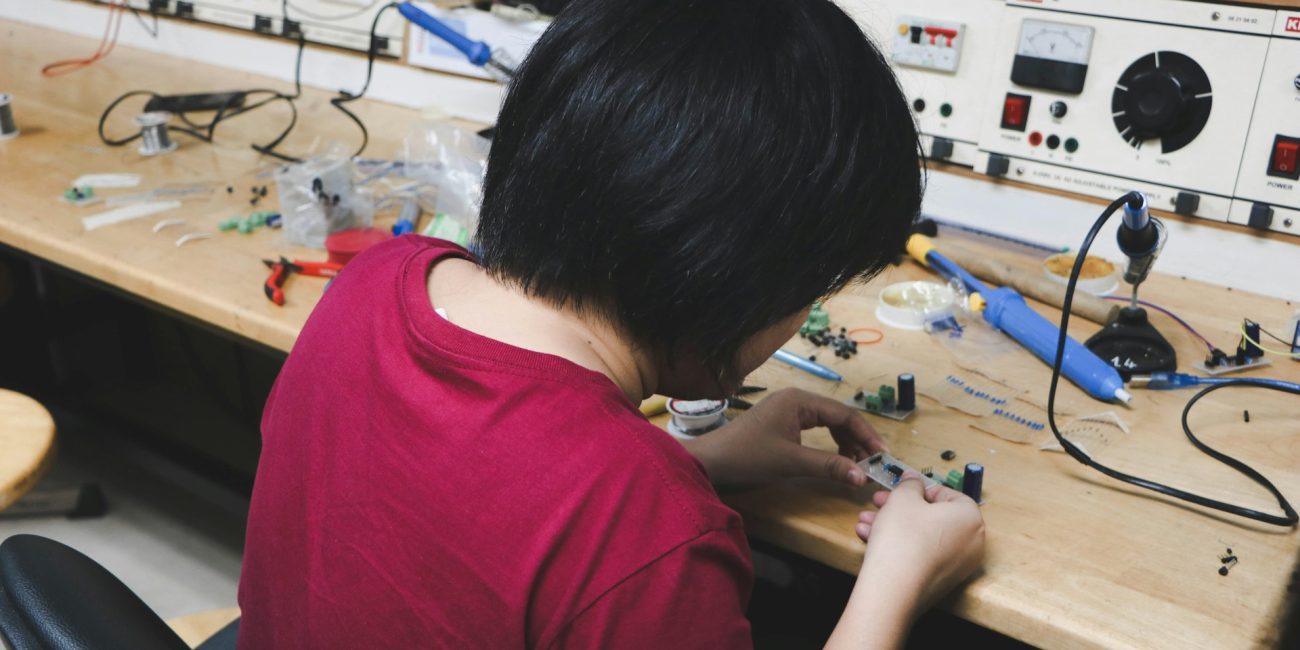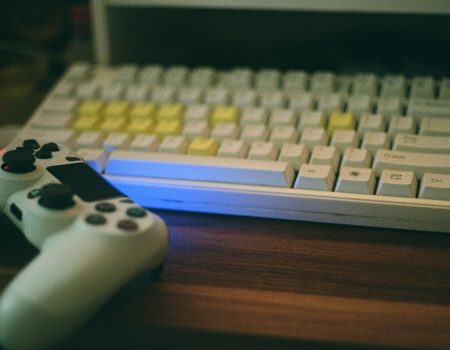Learning electronics on your own is a rewarding journey that combines theory and hands-on practice. Here are some steps to get you started:
- Build a Strong Foundation
- Start with basic concepts: voltage, current, resistance, Ohm’s Law.
- Learn about components: resistors, capacitors, diodes, transistors, ICs.
- Use Online Resources
- Follow tutorials on websites like All About Circuits, SparkFun, and Adafruit.
- Watch YouTube channels dedicated to electronics education (e.g., EEVblog, GreatScott!).
- Get Hands-On Experience
- Purchase a beginner’s electronics kit or breadboard and components.
- Practice building simple circuits: blinking LEDs, voltage dividers, basic amplifiers.
- Learn to Read Schematics
- Study schematic diagrams to understand circuit design.
- Practice designing simple circuits.
- Experiment and Troubleshoot
- Build projects, test them, and troubleshoot issues.
- Keep a journal of what works and what doesn’t.
- Study More Advanced Topics Gradually
- Digital electronics, microcontrollers (Arduino, Raspberry Pi).
- Power supplies, sensors, communication protocols.
- Join Communities
- Participate in forums like Reddit’s r/electronics, EEVblog forum.
- Engage with local maker groups or electronics clubs.
- Use Simulation Software
- Tools like Tinkercad, LTspice, or Proteus to simulate circuits before building.








No Comment! Be the first one.